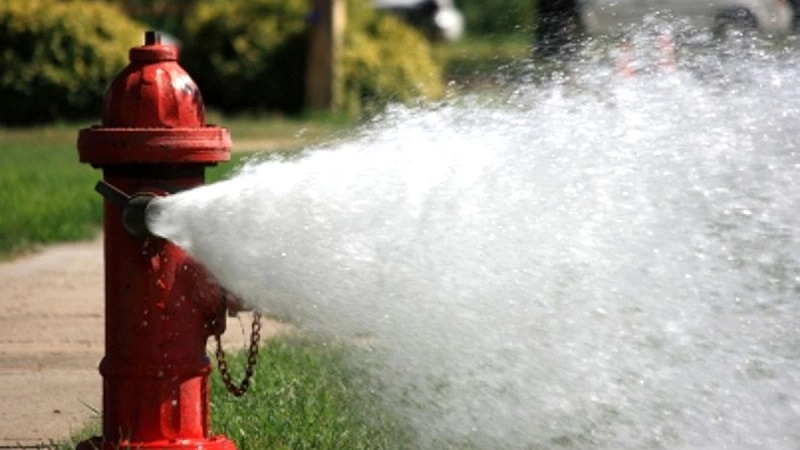Everything You Need To Know About Fire Hydrants

Prior to the invention of the fire hydrant in the 1800s, people had to form a line between the burning building and a water source, fill buckets, and pass them along the line to put out the fire. Because fire hydrants are now so common, many people take them for granted. However, if there were no fire hydrant, or it wasn’t working properly, it could mean a disastrous loss of life and/or property because firefighters wouldn’t have access to adequate water supplies to extinguish the conflagration. Maintenance and operation of fire hydrants is crucial knowledge for municipal authorities and public servants such as firefighters. However, everyone should know something about these humble little lifesavers.
Table of Contents
What Are the Different Types of Fire Hydrants?
There are two different types of fire hydrants. Wet barrel hydrants are rarely found outside Florida and southern California. They are so called because they are filled with water at all times. Dry barrel hydrants are more common in the United States. They are connected to a pressurized underground water pipe but require opening of the hydrant valve to fill with water. This is better for more northern areas of the country because the ground insulates the water in the pipe and prevents it from freezing with sub-zero winter temperatures.
What Are the Components of a Fire Hydrant?
A dry-barrel fire hydrant has different outlets or connections to which hoses can be connected. It has a valve under the ground that connects to the water supply. A long stem connects to the valve at the bottom and a nut at the top of the hydrant. Firefighters turn on the water by using a wrench to turn the nut, which moves the stem and opens the valve.
What Maintenance Do Fire Hydrants Require?
Fire hydrants require maintenance at least once and often twice a year. Dry barrel hydrants often undergo maintenance right before and right after cold weather in the spring and fall. Hydrant maintenance involves fire flow testing, checking the water pressure, and clearing the outlets.
Why Are Fire Hydrants Different Colors?
Fire hydrants are often painted bright colors, such as yellow, red, or orange. This helps to make them visible when firefighters need to access them, particularly in the dark. The top of the fire hydrant, also called the bonnet, may be a different color than the barrel. This is a signal to firefighters indicating the volume of water that the hydrant can deliver, measured in gallons per minute or GPM.
